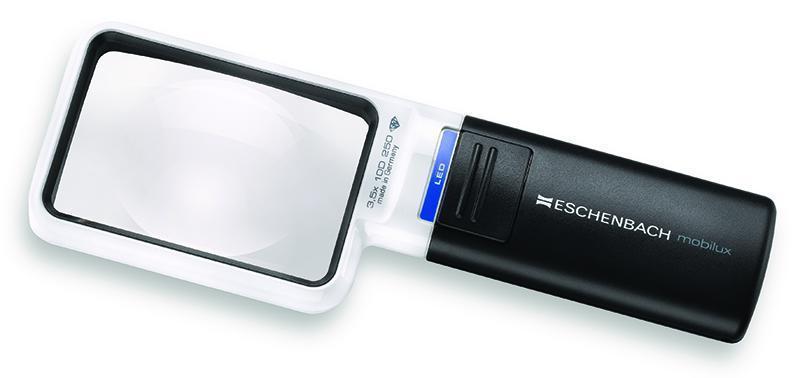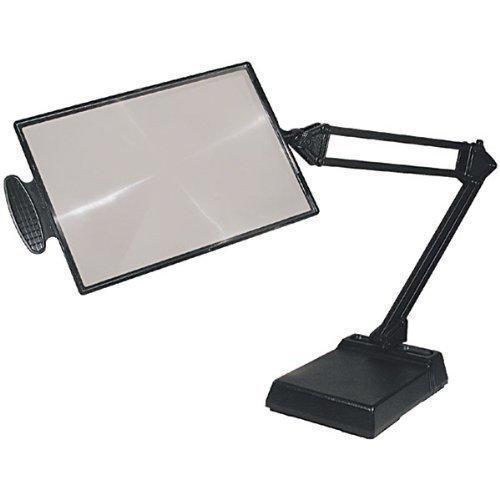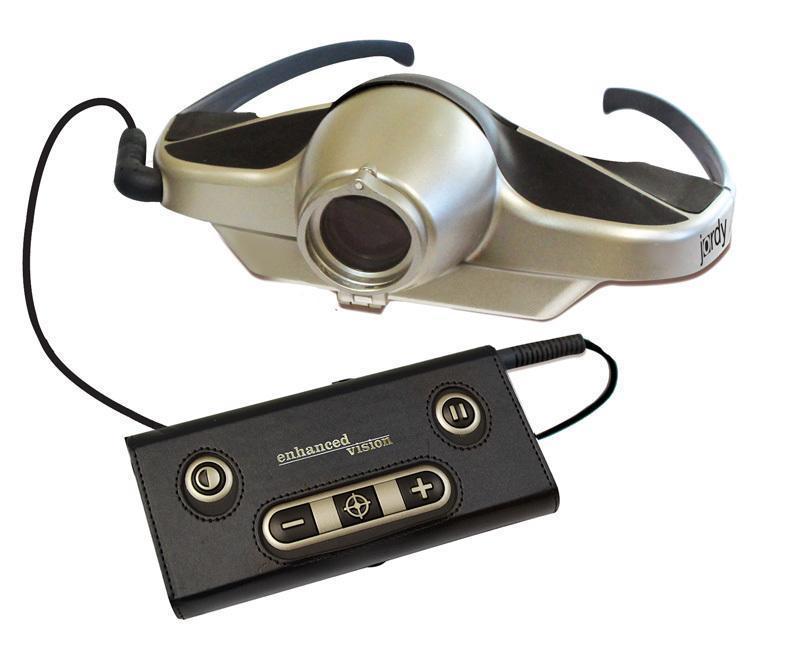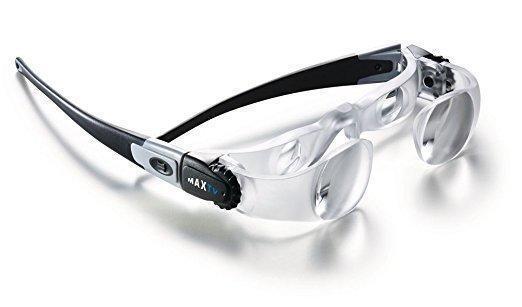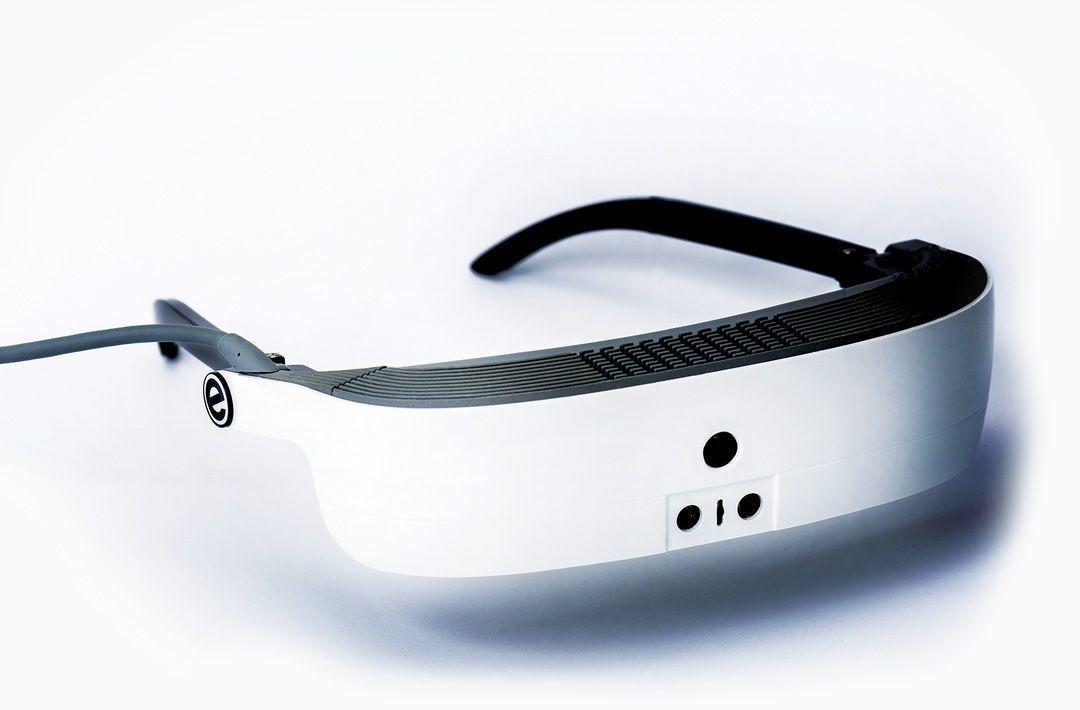If you or someone you love has been diagnosed with macular degeneration, you know that vision loss is part of this condition. Deterioration of the retina’s central portion, the macula, is the culprit that accounts for the name of the disorder.
Macular degeneration is the leading cause of blindness in individuals who are 50 and older, according to the National Eye Institute. The institute confirms that there are no hard and fast rules about how quickly it progresses. No matter what stage of the disease you are in, the goal is to preserve and use the vision that you do have.
Follow your eye doctor’s instructions to do your best to maintain your eye health; and find the right macular degeneration vision aids to help optimize your vision. Keep in mind that when comparing optical tools and devices, focusing on quality is your best bet.
“You don’t want to choose a lens that in itself has deficiencies because of poor quality, so keep this in mind as you’re looking at products like magnifiers,” says low vision specialist Dr. Matthew Palmer of Southwestern Eye Center in Mesa, AZ.
We took a look at the various tools, costs and their popularity so you can choose the right low vision aids to help you live life to the fullest.
Hand-Held Magnifiers
Hand-held magnifiers are basic macular degeneration vision aids. The most affordable options range from free to around $30 for devices that look similar to a “Sherlock Holmes” style magnifier, or for those that focus on a more concentrated area like a jeweler’s eye. They work well for daily use.
Reputable brands like Eschenbach carry a series of illuminated hand-held magnifiers that are also ergonomic and can be used as stand magnifiers. The Mobilux LED Hand-held Magnifier pictured above retails for $177.60 and has a 4.5-star rating on Amazon, with users noting that it’s sturdy and great for everyday use.
If you need precision vision or prefer a hand-held magnifier that is technologically up-to-date, check out the Smartlux® Digital. This portable video magnifier has multiple magnifications settings and viewing modes, a pull-out stand for easy reading and writing, and it can capture and store up to 20 images. It has a 4-star rating on Amazon and a 4.9-star rating on Eschenbach, with users noting that it’s versatile and user-friendly. This device retails for $595.
Magnifiers can be purchased at most brick-and-mortar retailers, optometrists’ offices and online retailers. Use them to read newspapers, labels and letters.
Desktop or Stand-Alone Magnifiers
If you’d prefer to see the entire page of a book or magazine, a stand-alone magnifier with a larger screen can help you accomplish this. These devices have a stand that sits on a desktop or floor and allows a “hands-free” magnifying experience.
There’s a wide-range when it comes to costs, from about $20 to $600, depending on complexity of features and whether the magnifier has LED-lights to further improve visibility and other enhancements. A basic magnifier on the low end of the price range is MaxiAids’ Reading Magnifier (pictured above) that is a desk-top magnifier with a 3.5-star rating that retails for $44.95; the higher end is the HumanWare Prodigi Desktop electronic magnifier for $1,795. This high-tech device offers precision viewing, touch and tap controls, image capture and storage, and it allows you to switch from reading to listening to documents, with users highlighting the portable tablet and self-alignment features as stand-out.
Eyeglasses with High-Powered Lenses
As macular degeneration progresses, regular eyeglass prescriptions will become less effective, which is why specialized glasses as a macular degeneration vision aids may be required to see either at a distance or close up.
These low vision devices for macular degeneration offer high-powered magnification to reduce the size of blind spots. Some offer lens tints and coatings to reduce glare, improve contrast and improve light transmission.
The Jordy portable system pictured above has a built-in HD autofocus camera, HDMI input for TV viewing, and can function as a desktop video magnifier.
Ask your eye doctor for a prescription for these specialized glasses.
Distance Vision Correction
These special glasses have binoculars mounted onto the lenses of the glasses and will assist you in watching television, sporting events, concerts and theater performances, or in enjoying a natural landscape or art in a museum.
The Eschenbach Max TV Glasses pictured above retail for $185 and has a 3.9-star rating on Amazon. Users note that these glasses allow them to easily read the closed captions on TV and are great for vision clarity.
Your eye doctor can provide the proper prescription.
Electronic Glasses
Electronic glasses are a recent development in low vision devices for macular degeneration and are not available in traditional optometrists’ offices. You’ll need to go to a low vision specialist to examine and evaluate you for electronic glasses.
These new vision aids may be an effective solution for many conditions that result in vision loss according to a Journal Sentinel article about eSight, a manufacturer of smart glasses for the legally blind. The article states that the glasses were effective in product trials, and the cost is approximately $10,000 but is not currently covered by insurance.
Low Vision Apps and Device Accessibility Features
There are several accessibility apps for Android, iOS and Windows that can turn your smartphone or computer into a low vision aid:
- KNFB Reader converts text to speech or Braille and is highly-rated on iTunes, Google Play and Microsoft Store. The app costs $99.
- Magnifying Glass With Light for iOS and Magnifying Glass + Flashlight for Android both simultaneously magnify and illuminate whatever you’re looking at. Both magnification apps are 4.4-star rated and free.
Palmer also recommends taking full advantage of the free accessibility features that are built into your devices, such as Android accessibility features, iPhone and iPad accessibility features and Windows phone accessibility features.
“The earlier you start using computer-assisted technology and accessibility features like Zoom and VoiceOver, the better,” he adds.
Outside of using macular degeneration vision aids, Palmer suggests making general accommodations throughout your home to improve the functionality and usability of the space. For example, you can opt for a larger TV or move closer to the screen, or you can install brighter lights like those offered by OttLite, which simulate natural daylight and reduce eye strain and glare, while improving clarity and contrast.
Talk to Your Eye Doctor
Ask your eye doctor about other general adaptations that could improve your situation. You don’t have to go on the search for low vision devices and accommodations for macular degeneration on your own. Work with your eye doctor to determine the best course of treatment and the devices that will best fit your life and stage of macular degeneration.
If you need an eye doctor to help you achieve healthy vision, schedule an appointment with the doctors at Southwestern Eye Center today or call 480-616-0467.

